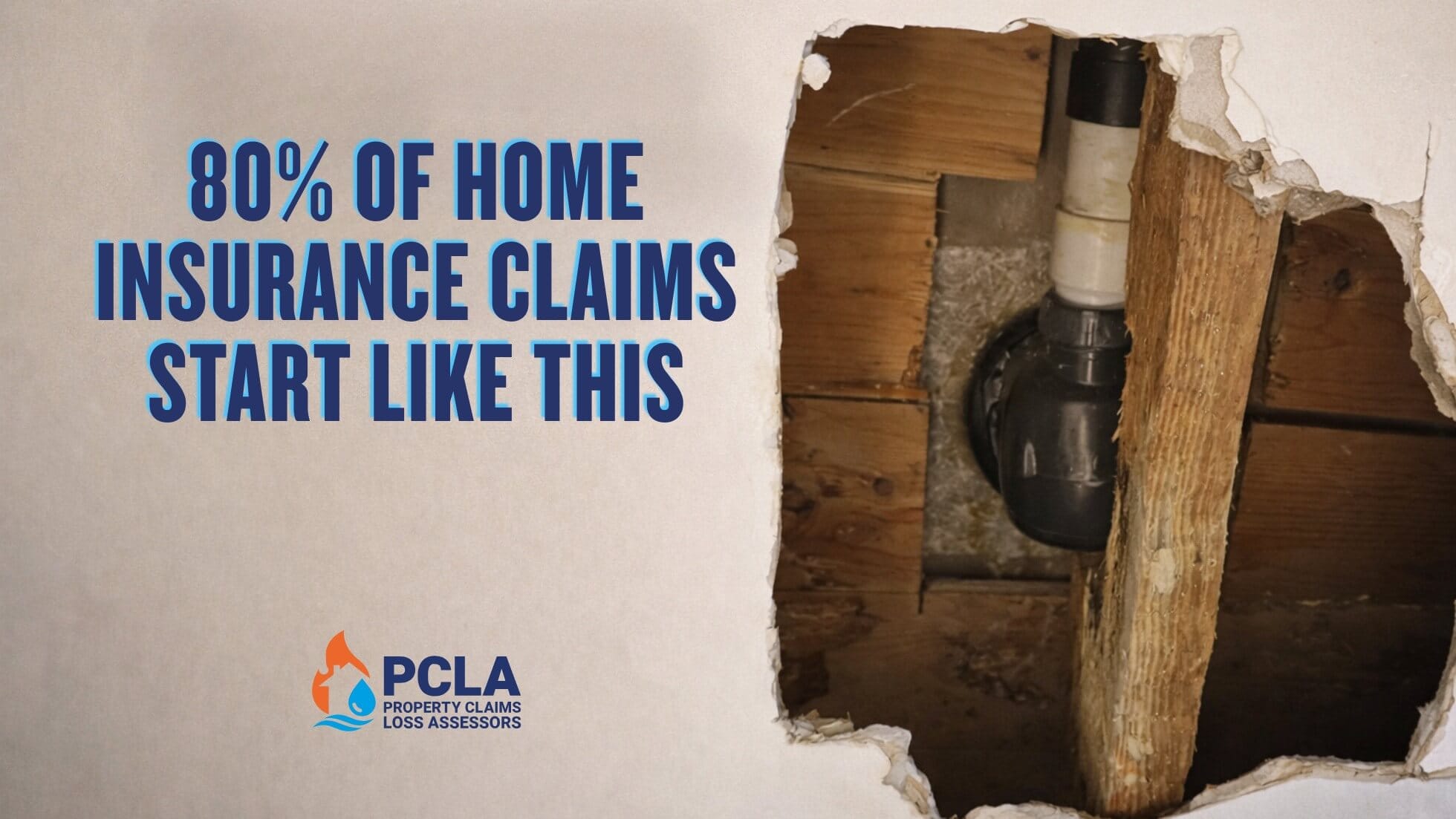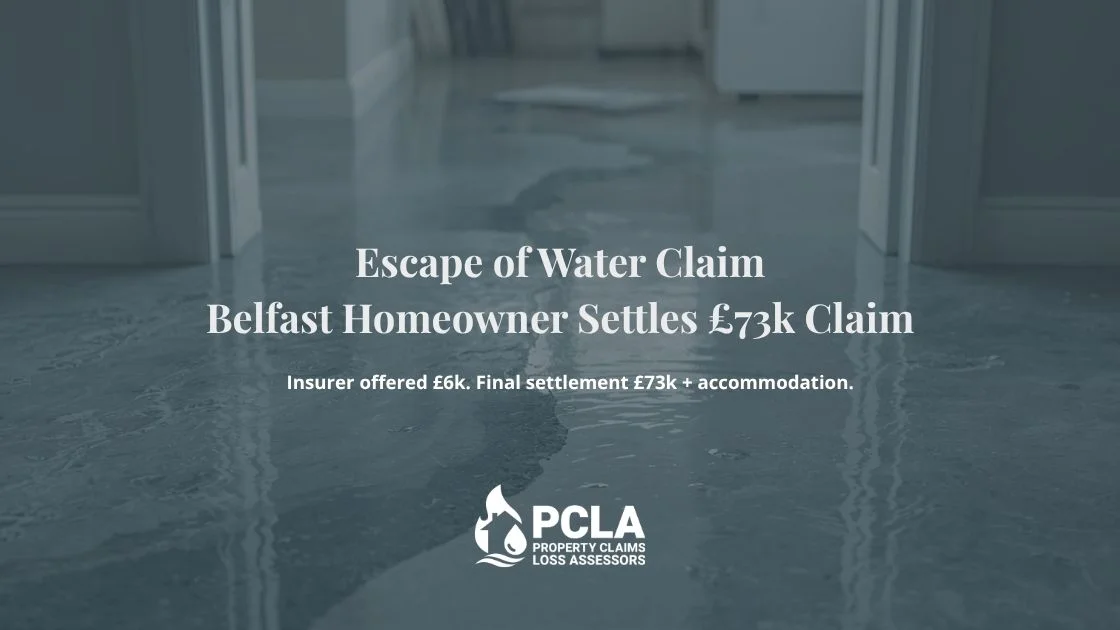Impact damage insurance is designed to cover the cost of repairing damage caused by accidental impact, such as a car hitting a building. This type of insurance claim is not as common as other forms of property claims. But, if you are unlucky enough to experience impact damage to your property, it is important to know how to make a successful insurance claim.
What is impact damage insurance?
Impact damage insurance provides coverage for damages that occur as a result of physical collisions or impacts. While it may not be as commonly discussed as other types of property insurance, it is a vital component of your overall insurance policy. Most buildings and contents insurance policies include coverage for impact damage, but the specifics can vary significantly between providers.
Importance of Impact Damage Coverage
Having impact damage insurance is essential for protecting your property against unforeseen accidents. Whether it’s a tree falling during a storm or a vehicle colliding with your home, the financial implications of such events can be substantial. Without appropriate coverage, homeowners may find themselves facing hefty repair bills that could otherwise be mitigated through their insurance policy.
What Is Covered Under Impact Damage Insurance?
Common Coverage Aspects
While specifics can differ among insurance providers, the following are typically covered under impact damage insurance:
- Collision Damage: Damage caused by vehicles (e.g., cars, trucks) colliding with buildings or other structures.
- Fallen Objects: Damage resulting from trees or branches falling on a property.
- Aerial Damage: Damage from objects dropped from aircraft or similar aerial devices.
- Animal-Related Incidents: Damage caused by animals colliding with structures.
Checking Your Policy
Before making a claim for impact damage, it’s crucial to review your insurance policy to understand what is covered. PCLA offers free consultations to help policyholders understand their insurance documents and the extent of coverage they have in place. By doing so, you can ensure that you’re prepared to make a claim that accurately reflects the damage suffered.
Examples of Impact Damage Claims

Common Scenarios
Understanding the scenarios that may lead to impact damage claims can provide clarity on what constitutes a valid claim. Some common examples include:
- Vehicle Collisions: A delivery van reversing into a residential property is a classic example of impact damage. The physical damage sustained could include structural damage to porches, walls, or windows.
- Fallen Trees: During severe weather, trees can fall and cause significant damage to roofs, walls, or gardens. It’s important to document such incidents thoroughly.
- Commercial Vehicle Accidents: Heavy machinery, such as diggers or construction equipment, can inadvertently damage homes. Policies typically cover such incidents, provided the operator was insured.
The Need for a Professional Assessment
While these examples illustrate various scenarios that might be covered, the complexity of impact damage claims can often lead to complications. Engaging with PCLA can ensure that you receive an accurate assessment of the damage and assistance throughout the claims process.
Related: What is accidental damage insurance?
How Do Impact Damage Insurance Claims Work?
Step-by-Step Claims Process
Making a claim for impact damage may seem straightforward, but there are critical steps to ensure you maximise your potential settlement:

- Initial Assessment: If you have experienced impact damage, the first step is to assess the extent of the damage. This includes taking photographs, noting the time and date of the incident, and documenting any eyewitness accounts.
- Contacting PCLA: It’s advisable to contact PCLA early in the process. We can provide expert advice and arrange for a free survey conducted by qualified loss assessors. This initial consultation can help identify all potential damages, including hidden issues that may not be immediately visible.
- Reporting to Your Insurer: Once PCLA has conducted their assessment, we will notify your insurance company on your behalf. This step includes submitting a detailed report outlining the damage, necessary repairs, and associated costs.
- Insurer’s Adjuster: Your insurer may send their appointed loss adjuster to assess the damage. PCLA will coordinate this meeting to ensure all relevant information is presented and discussed.
- Negotiation and Settlement: PCLA will negotiate with your insurance company to ensure that your claim reflects the full extent of your losses. This includes any additional damages discovered during the assessment phase.
Importance of Accurate Documentation
Accurate documentation is key to a successful insurance claim. This can include photographs of the damage, receipts for repairs, and reports from structural engineers if needed. PCLA’s expertise in gathering this information can significantly impact the outcome of your claim.
The Role of PCLA in the Claims Process
Expert Guidance
PCLA, or Public Claims Loss Assessors, play a crucial role in supporting policyholders through the often-complex insurance claims process. Our services include:
- Free Consultations: PCLA offers free initial consultations to help you understand your policy and the claims process.
- Professional Assessments: Our team of qualified loss assessors will conduct a thorough survey of the damage and provide a detailed report to support your claim.
- Negotiation with Insurers: PCLA acts on your behalf when dealing with your insurance company, ensuring that your interests are represented throughout the negotiation process.
Why Choose PCLA?
Engaging with PCLA can take the stress out of managing an impact damage claim. Our expertise ensures that you receive fair treatment from your insurer and that no potential damages are overlooked. In our experience, clients increase their success rate of a successful claim and a higher settlement offer by using a loss assessor.
Understanding the Technical Aspects of Impact Damage Insurance
Policy Exclusions and Limitations
Understanding the exclusions and limitations within your insurance policy is essential for a successful claim. Common exclusions might include:
- Wear and Tear: Normal deterioration over time is typically not covered.
- Negligence: Damage resulting from the policyholder’s negligence may be excluded.
- Pre-existing Conditions: Any damage that existed before the policy was enacted may not be covered.
The Importance of Legal Knowledge
Managing a complex insurance claim often requires a degree of legal understanding. This is particularly relevant when disputing a claim or dealing with complicated exclusions. Engaging PCLA ensures you have access to professionals who understand the legal framework surrounding insurance claims, increasing your chances of a successful outcome.
Conclusion
Impact damage can have significant financial implications for homeowners and businesses. Understanding the ins and outs of impact damage insurance, including what is covered and how to make a successful claim, is essential. PCLA provides invaluable support through the claims process, ensuring you receive fair treatment from your insurer and that all damages are accurately assessed.
If you find yourself dealing with impact damage, don’t hesitate to contact PCLA for expert guidance. Our team is equipped to help you manage the complexities of insurance claims, ensuring you are fully compensated for your losses.
For more information or to arrange a free consultation, please call PCLA today at 028 9581 5318. Let us take the stress out of your insurance claim and help you move forward with confidence.



